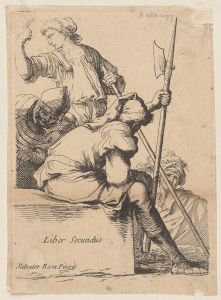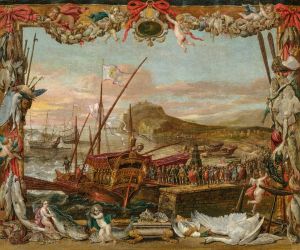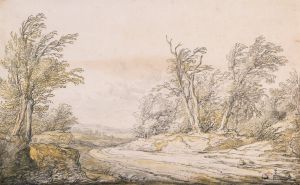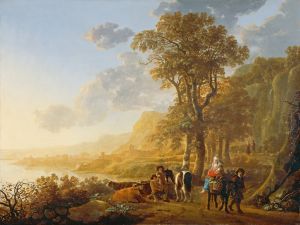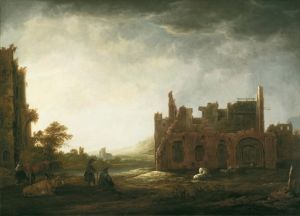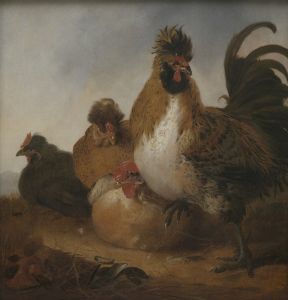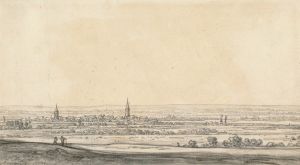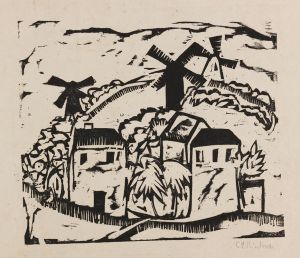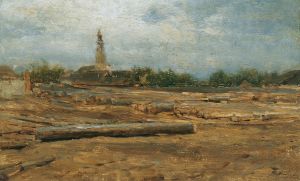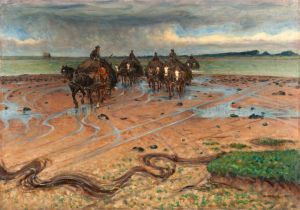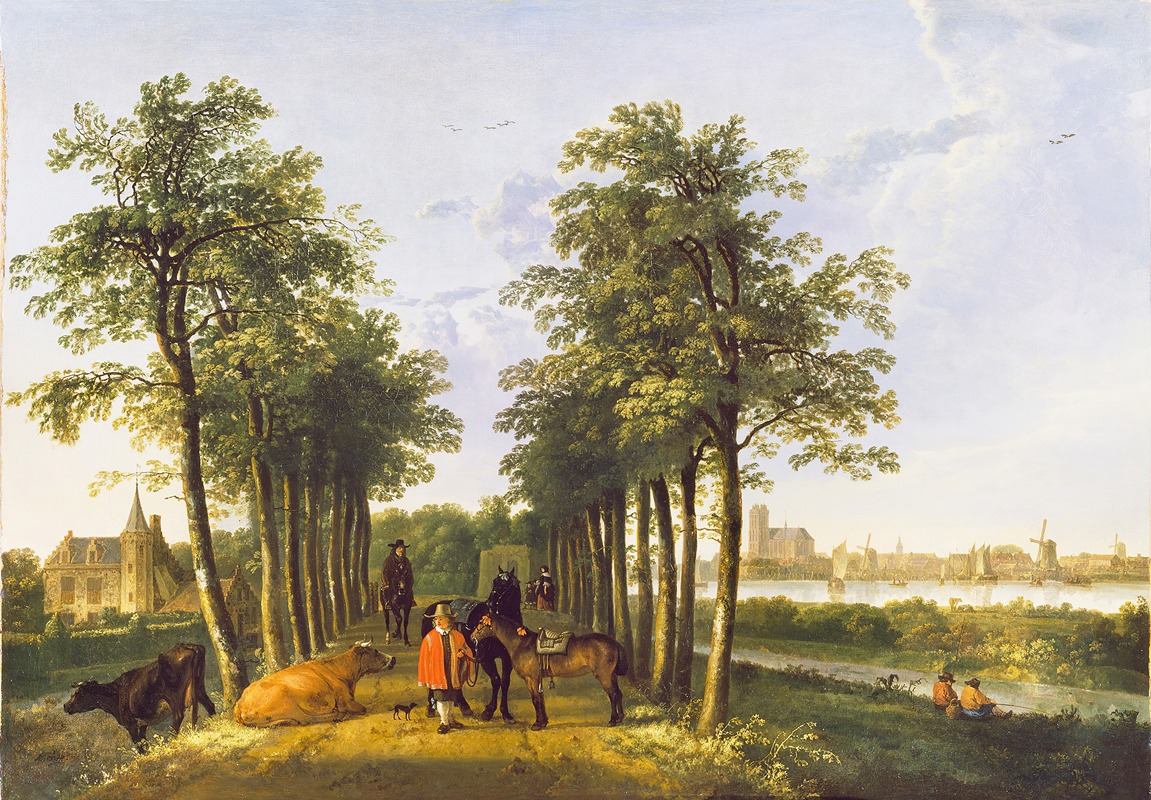
The Avenue at Meerdervoort
A hand-painted replica of Aelbert Cuyp’s masterpiece The Avenue at Meerdervoort, meticulously crafted by professional artists to capture the true essence of the original. Each piece is created with museum-quality canvas and rare mineral pigments, carefully painted by experienced artists with delicate brushstrokes and rich, layered colors to perfectly recreate the texture of the original artwork. Unlike machine-printed reproductions, this hand-painted version brings the painting to life, infused with the artist’s emotions and skill in every stroke. Whether for personal collection or home decoration, it instantly elevates the artistic atmosphere of any space.
Aelbert Cuyp, a prominent Dutch landscape painter of the 17th century, is celebrated for his luminous and atmospheric depictions of the Dutch countryside. One of his notable works is "The Avenue at Meerdervoort." This painting exemplifies Cuyp's mastery in capturing the serene beauty of rural landscapes, a hallmark of the Dutch Golden Age of painting.
"The Avenue at Meerdervoort" showcases a tranquil scene, typical of Cuyp's style, where the natural environment is depicted with a sense of calm and harmony. The painting features a long, tree-lined avenue, possibly leading to an estate or a manor, which was a common subject in Dutch landscape painting. The avenue is flanked by tall trees, their leaves rendered with meticulous attention to detail, creating a canopy that filters the sunlight. This play of light and shadow is a distinctive feature of Cuyp's work, demonstrating his skill in using light to enhance the mood and depth of the scene.
Cuyp's landscapes often include figures and animals, adding a narrative element to the composition. In "The Avenue at Meerdervoort," one might expect to find people strolling along the path or perhaps a rider on horseback, which were common motifs in his paintings. These elements not only provide a sense of scale but also imbue the scene with life and movement, inviting the viewer to imagine the daily activities of the period.
The painting reflects Cuyp's ability to blend realism with an idealized vision of nature. His landscapes are not mere topographical records but are imbued with a sense of timelessness and tranquility. This approach was influenced by the Italianate style, which Cuyp admired and incorporated into his work, characterized by warm tones and a harmonious composition.
Cuyp was part of a family of artists, and his father, Jacob Gerritszoon Cuyp, was also a painter. Aelbert Cuyp's work was highly regarded during his lifetime, and he enjoyed considerable success. However, his reputation waned after his death, only to be revived in the 19th century when his paintings were rediscovered and appreciated for their beauty and technical skill.
"The Avenue at Meerdervoort" is a testament to Cuyp's enduring legacy as one of the leading landscape painters of his time. His ability to capture the essence of the Dutch landscape with such clarity and emotion continues to resonate with audiences today. The painting is a fine example of the Dutch Golden Age's contribution to art, where the natural world was celebrated with a sense of reverence and artistic excellence.
While specific details about the provenance or current location of "The Avenue at Meerdervoort" may not be widely documented, the painting remains an important part of Cuyp's oeuvre, reflecting the artist's unique vision and his contribution to the development of landscape painting in the Netherlands.






